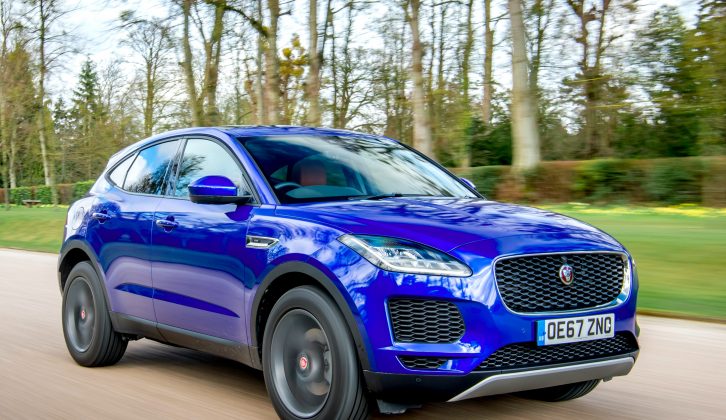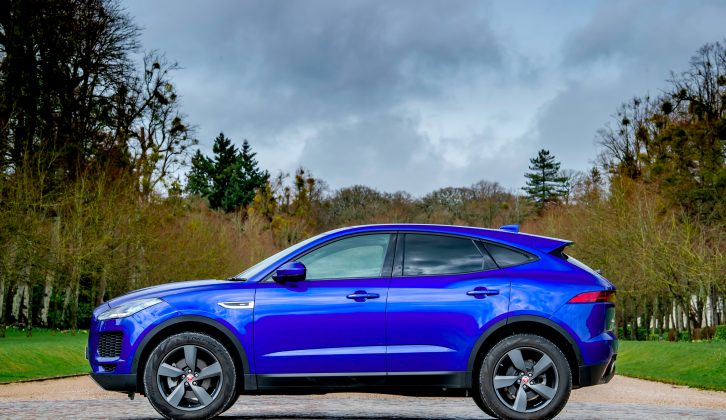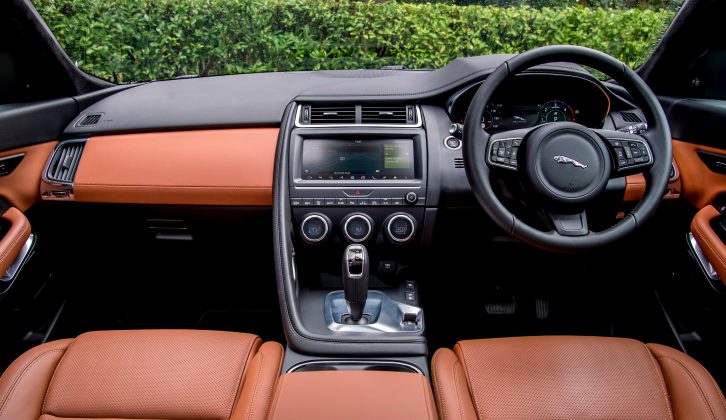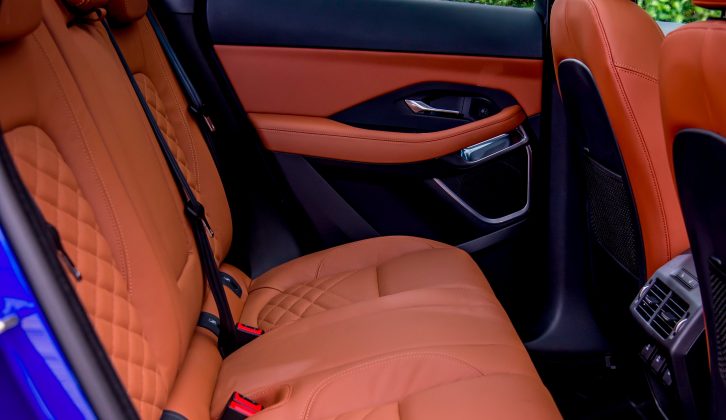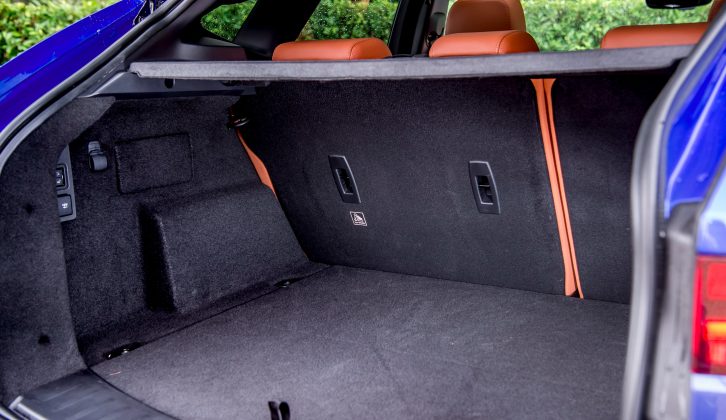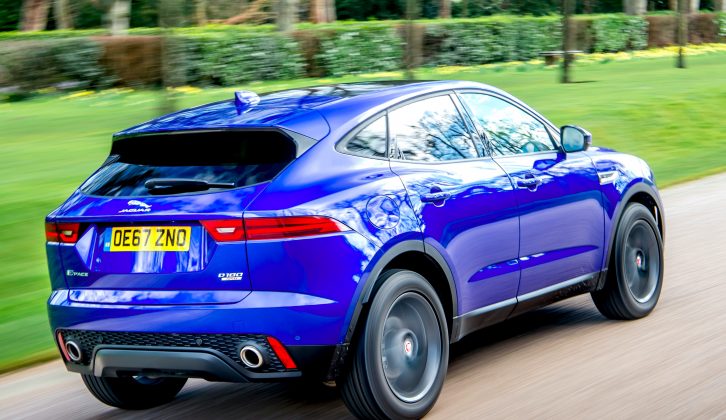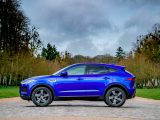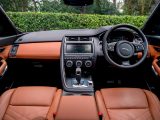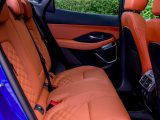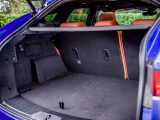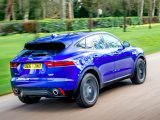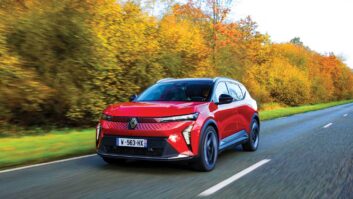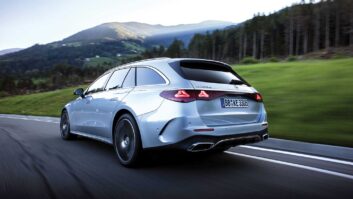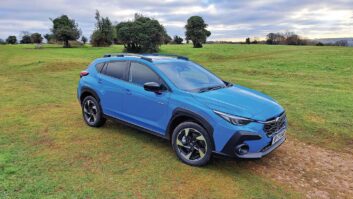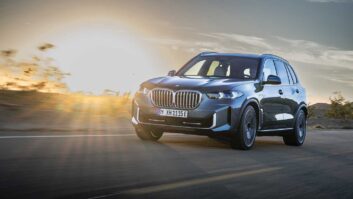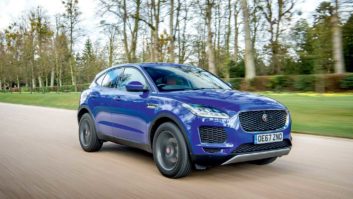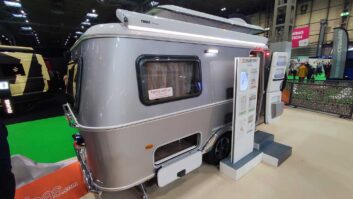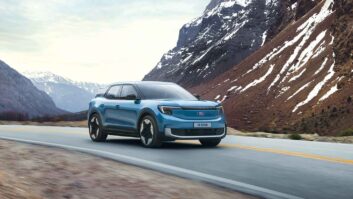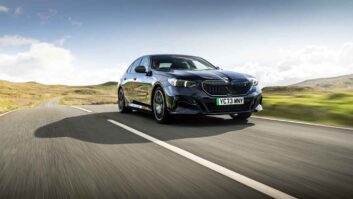We’ve been itching to drive the new Jaguar E-Pace.
The marque’s reputation for building best-in-class tow cars is growing, year by year.
At last year’s Tow Car Awards, the XF took the 1550-1699kg class for the second successive year and the F-Pace – Jag’s first SUV – topped the 1700-1899kg weight division.
So ahead of the new E-Pace’s appearance at this year’s fast-approaching Tow Car Awards test week, we jumped at the chance to get behind the wheel.
What is it?
The new Jaguar E-Pace is the manufacturer’s first compact SUV, sitting under the F-Pace in the range.
Prices start at £28,500, and the range comprises three diesel and two petrol engines.
There are 150PS, 180PS and 240PS variants of the 2.0-litre four-cylinder turbodiesel engine, while the 2.0-litre four-cylinder turbocharged petrol unit can be had with either 249PS or 300PS, with either front- or all-wheel drive, depending on model.
For a more racy look, the R-Dynamic Pack adds items including sports seats, gearshift paddles and gloss-black external details.
The strong standard spec list includes LED headlights, a rear-view camera, front and rear parking sensors, a 10-inch touchscreen, four 12V points and two USB ports, plus safety kit like Driver Condition Monitor and Emergency Braking, with S, SE and HSE spec packs also available.
And depending on the spec you choose, you can get up to three USB ports for the use of rear-seat passengers alone! Handy for keeping the kids quiet and their devices fully charged on a long summer holiday drive.
Getting inside
While its F-Pace sibling is clearly a big, brawny SUV, by borrowing styling cues from the F-Type inside and out, the E-Pace is a sleeker proposition.
It’s a stylish cabin with neat details like the thin-rimmed rear-view mirror. The seating position does a great job of making the driver feel in the car not ‘on’ it, while still giving you a commanding view of the road, and the seat itself has a generous amount of adjustability.
We’re also pleased to see large wing mirrors which should provide a secure place for your towing mirrors, so you can keep a close eye on your caravan when towing.
However, over-the-shoulder visibility was hampered by a rather chunky B-pillar.
Rear-seat space is good and we were impressed by how little the transmission tunnel intruded on floorspace, even on four-wheel drive models.
The sweeping windowline isn’t so high that younger, smaller, rear passengers will struggle to see out; however, the short rear doors have quite a shallow opening, which could make it awkward to, for example, get a squirming child into his or her seat.
The boot has a 577-litre capacity and handy bag hooks. You fold the rear seats flat using buttons on the top edges of the seats (we’d rather have separate levers), but do this and you’ve a 1234-litre space.
Also of note in the cabin are the luggage nets on the back of the front seats, the super-deep front door bins, and the cubby between the front seats that can be reconfigured to suit your needs.
The E-Pace has a towing capacity of up to 1800kg and kerbweights across the range are between 1775kg and 1843kg (depending on the model, including 75kg for the driver), giving 85% matching ratios of 1508kg to 1566kg.
You can choose to have either a detachable tow bar (£690) or an electronically deployable tow bar (£970) fitted. The latter might be more pricey, but it’s super-slick and comes with a handy trailer bulb check function.
Out on the road
There can be a tendency to assume that you’ve got to go to the top of the range when looking for the best tow car, but time in the mid-range diesel proves this isn’t the case.
As well as 180PS (178bhp) at 4000rpm, it delivers a healthy 317lb ft torque at a low 1750rpm, meaning plenty of oomph right when you need it.
It’s a strong, confidence-inspiring engine, albeit a little uncultured, which, in our SE-trimmed test car, was paired with the fantastically smooth-shifting eight-speed automatic gearbox.
It turns in directly and cleanly, the steering comfy and light, and it has a good turning circle.
But finding a driving mode I was truly happy with was less straightforward.
Comfort mode is rather wallowy and the car floats about too much, even over the slightest imperfection.
Dynamic mode helps the above without losing too much compliance, but the unfortunate payback is an unwelcome harshness and jarring in the ride.
This is always a difficult compromise to strike in an SUV, but this was an overriding feeling with all the cars we drove.
Now comes the big test
The 246bhp petrol is a cracking engine with 269lb ft torque and a pleasing soundtrack, while the more powerful 300PS (296bhp) petrol has 295lb ft torque and more than enough go, proving potent when driven solo, but there’s still that unresolved ride.
And then there’s the range-topping diesel, with 240PS (237bhp) and a thumping 369lb ft torque at just 1500rpm. It definitely has the effortless punch to be a great tow car, but will it prove stable and sure-footed enough?
We’ll find out soon, as this is the model we’ll be hitching up with during our Tow Car Awards 2018 test week.
We think it’s a verdict well worth waiting for.
It definitely has the effortless punch to be a great tow car, but will it prove stable?
